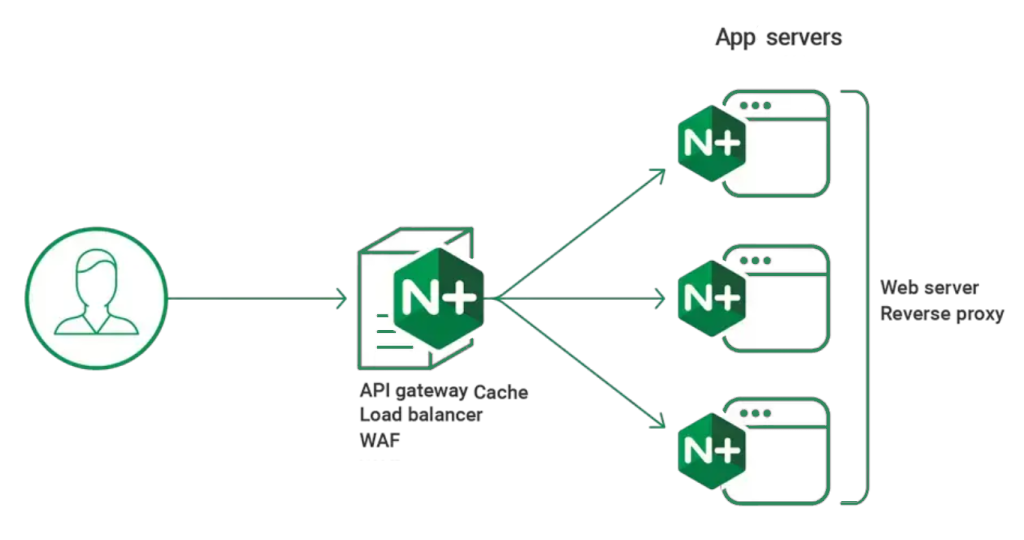React JS: useMemo vs memo - A Comprehensive Guide
Introduction
When building high-performance React applications, understanding how to optimize rendering and avoid unnecessary computations is crucial. Two powerful tools in React’s arsenal for this purpose are useMemo and memo. While both are used for optimization, they serve different purposes and are often misunderstood. In this guide, we’ll break down the differences between useMemo and memo, explore their use cases, and provide practical examples to help you decide when to use each.
What is useMemo?
useMemo is a React hook that memoizes the result of a function. In simpler terms, it caches the output of a computation and only recalculates it when one of its dependencies changes. This is particularly useful for expensive calculations that don’t need to be repeated on every render.
Syntax:
const memoizedValue = useMemo(() => computeExpensiveValue(a, b), [a, b]);
Key Features:
- Memoization of Values: Caches the result of a function.
- Dependency Array: Only recalculates when dependencies change.
- Use Case: Ideal for optimizing expensive calculations or derived data.
Example:
import React, { useMemo } from 'react';
function ExpensiveComponent({ a, b }) {
const result = useMemo(() => {
console.log('Calculating...');
return a * b;
}, [a, b]);
return <div>{result}</div>;
}
In this example, result is only recalculated when a or b changes, preventing unnecessary computations.
What is memo?
memo is a higher-order component (HOC) that prevents a component from re-rendering if its props haven’t changed. It’s a form of prop-based memoization that helps optimize rendering performance.
Syntax:
const MemoizedComponent = memo(MyComponent);
Key Features:
- Prop Comparison: Prevents re-renders if props are the same.
- Shallow Comparison: By default, it performs a shallow comparison of props.
- Use Case: Ideal for optimizing functional components with stable props.
Example:
import React, { memo } from 'react';
const MyComponent = memo(({ name }) => {
console.log('Rendering MyComponent');
return <div>{name}</div>;
});
function ParentComponent() {
const [count, setCount] = React.useState(0);
return (
<div>
<button onClick={() => setCount(count + 1)}>Increment</button>
<MyComponent name="John" />
</div>
);
}
Here, MyComponent won’t re-render when the parent component’s state changes because its props (name) remain the same.
useMemo vs memo: Key Differences
| Feature | useMemo | memo |
|---|---|---|
| Purpose | Memoizes values (e.g., computations) | Memoizes components (prevents re-renders) |
| Usage | Hook | Higher-Order Component (HOC) |
| Optimization Level | Optimizes calculations | Optimizes rendering |
| Dependency | Relies on dependency array | Relies on prop comparison |
| Use Case | Expensive calculations, derived data | Stable props, functional components |
When to Use useMemo
- Expensive Calculations: Use
useMemowhen you need to cache the result of a costly computation. - Derived Data: When you have derived data that depends on other state or props.
- Avoiding Unnecessary Recalculations: When you want to avoid recalculating values on every render.
When to Use memo
- Stable Props: Use
memowhen a component receives the same props most of the time. - Preventing Re-renders: When you want to prevent a component from re-rendering unnecessarily.
- Performance Bottlenecks: When a component is causing performance issues due to frequent re-renders.
Common Pitfalls and Best Practices
1. Overusing useMemo and memo
While these tools are powerful, overusing them can lead to unnecessary complexity. Only use them when you have a clear performance issue.
2. Shallow Comparison in memo
By default, memo performs a shallow comparison of props. If your props are objects or arrays, consider using a custom comparison function.
3. Dependency Array in useMemo
Ensure your dependency array includes all variables that affect the computation. Missing dependencies can lead to bugs.
Practical Example: Combining useMemo and memo
Let’s look at an example where both useMemo and memo are used together to optimize a React application.
import React, { useMemo, memo } from 'react';
const ExpensiveCalculation = memo(({ value }) => {
const result = useMemo(() => {
console.log('Calculating...');
return value * 2;
}, [value]);
return <div>{result}</div>;
});
function App() {
const [count, setCount] = React.useState(0);
return (
<div>
<button onClick={() => setCount(count + 1)}>Increment</button>
<ExpensiveCalculation value={10} />
</div>
);
}
In this example:
ExpensiveCalculationis memoized usingmemoto prevent re-renders.- The result of the calculation is memoized using
useMemoto avoid recalculating on every render.
FAQs
1. What’s the difference between useMemo and useCallback?
useMemo memoizes values, while useCallback memoizes functions. Both are used to optimize performance but serve different purposes.
2. Can I use memo with class components?
No, memo is designed for functional components. For class components, use PureComponent or shouldComponentUpdate.
3. Does useMemo guarantee no re-renders?
No, useMemo only memoizes values. To prevent re-renders, use memo.
4. When should I avoid using useMemo?
Avoid using useMemo for simple calculations or when the performance gain is negligible. Overusing it can make your code harder to read and maintain.
Reading Further
- React Design Patterns
- useTransition Hook in React
- useDeferredValue Hook in React
- useSyncExternalStore Hook in React
Resources
Conclusion
Understanding the differences between useMemo and memo is essential for optimizing React applications. While useMemo helps with memoizing values and computations, memo prevents unnecessary re-renders of components. By using these tools wisely, you can significantly improve the performance of your React apps. Remember, optimization should always be driven by actual performance bottlenecks, not premature assumptions.
Happy coding! 🚀
Latest blog posts
Explore the world of programming and cybersecurity through our curated collection of blog posts. From cutting-edge coding trends to the latest cyber threats and defense strategies, we've got you covered.


